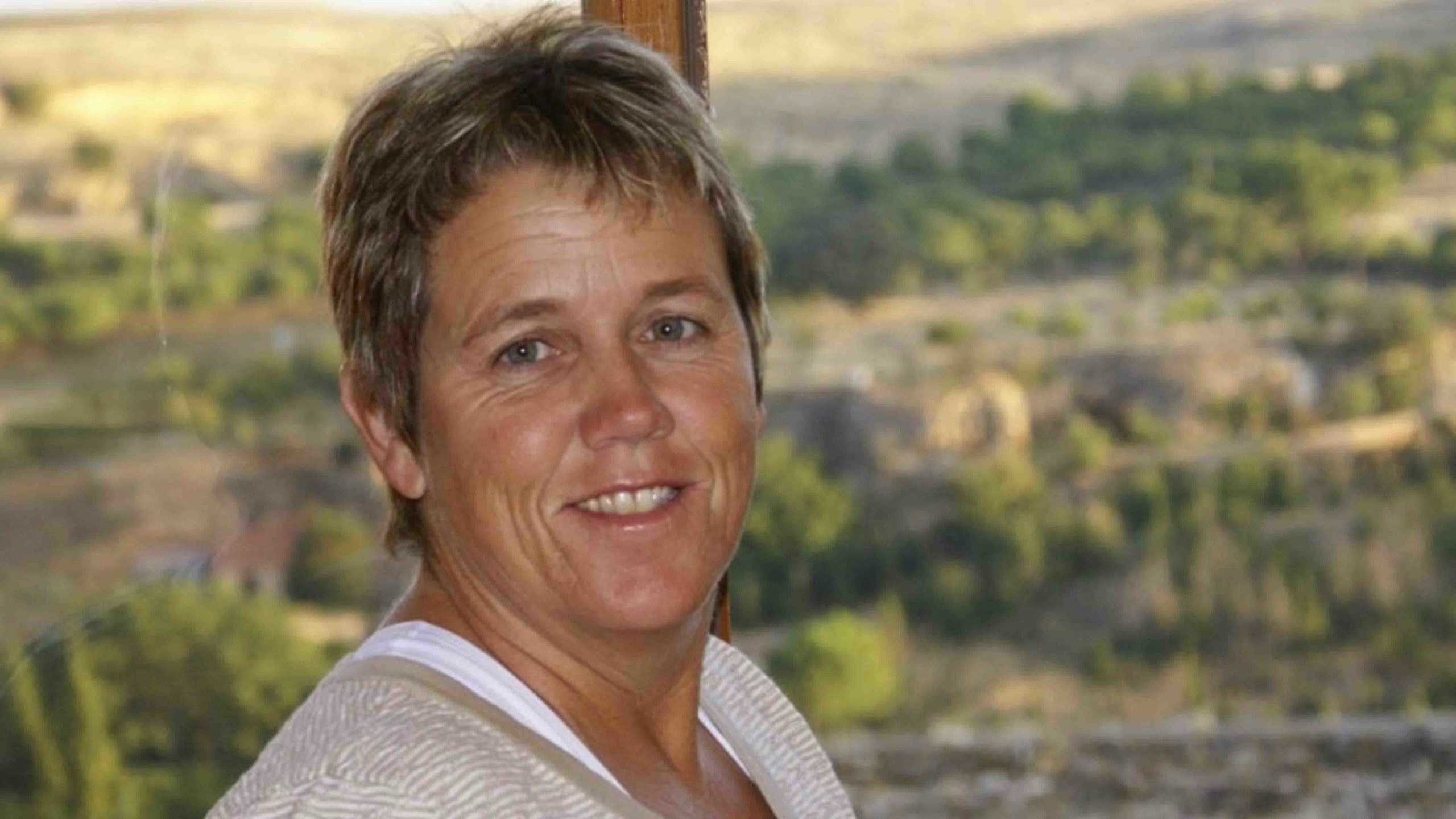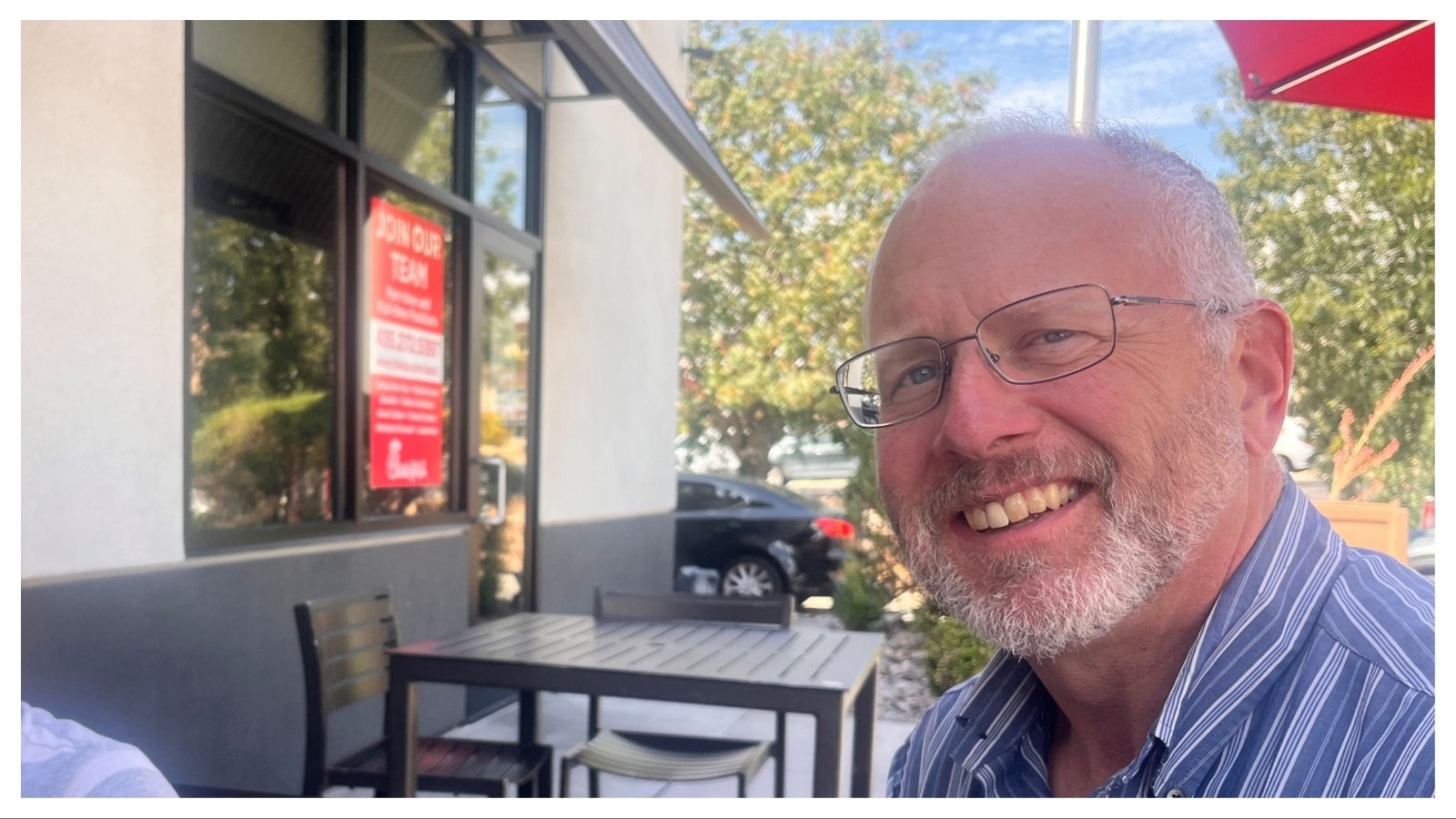Collecting dead timber for winter home heat, camping in a grassy area along a stream, riding a bicycle on a primitive trail, watching raptors in a nest from across a river, driving along a road to view congregations of mule deer or elk on their winter range.
Those are all uses that the Bureau of Land Management may restrict under its preferred alternative outlined in the draft Rock Springs Resource Management Plan. The vision it sets forth would not just conserve all the things we love about this region, but would reduce the public’s ability to enjoy the area’s vast resources.
While most headlines about the RMP note that the agency’s preference is to set aside 1.3 million acres into “areas of critical environmental concern” and to substantially eliminate mineral development on more than 2 million acres, little attention has been given to the impact of BLM’s proposed overlapping designations and restrictions on public lands users.
The BLM preference is “conservation of resource values with constraints on resource uses.”
Here’s the map of areas to receive special designations:

The 1,350-page plan (costing nearly $9 million to prepare) sets forth the BLM’s preferred scenario for 3.6 million acres of public lands and 3.7 million acres of federal mineral estate in southwestern Wyoming and is stunning in its vision that most human uses of these public lands should be restricted.
If there is a lesson to be learned from reading the draft, it’s that the BLM views humans and human use as bad, thus minimizing all human uses of the land must be good.
The BLM’s preferred alternative calls for natural processes to be the primary management prescription. Without citing any scientific baseline for doing so, the BLM has proposed to greatly expand existing constraints on many human uses of the land.
For example, traditional surface disturbance setbacks of 500 feet to protect certain resources are increased to 2 miles, 10 miles and as much 20 miles in some cases.
Currently, BLM restricts both “surface disturbing” and “disruptive activities” seasonally within a half- to 1-mile radius of occupied raptor nesting sites. Under the BLM’s plan, these activities would be restricted “within a 2-mile radius of occupied nests” as well as “historic raptor nesting sites” and “associated feeding grounds.”
What is a “disruptive” activity?
The BLM says that this restriction is not intended to prohibit all activity or authorized uses: “For actions other than those taken for human health and safety, regulatory compliance or emergency, an activity is ‘disruptive’ if the activity would require people and/or the structure or activity to be present in these habitats for a duration of more than one hour during any one 24-hour period during the applicable season in the site-specific area.”
Quiet Recreation
The collection of petrified wood for hobby use would be prohibited on public lands throughout the district, as would dispersed camping in riparian areas or within 200 feet of water.
The plan “de-emphasizes recreation, particularly developed recreation” so recreation project plans and interpretive information for the Sweetwater Campgrounds, Boars Tusk, Leucite Hills and the Continental Divide Snowmobile Trail are eliminated, as are recreational enhancements along the Green River, Sweetwater River, Big Sandy River and the Little Sandy River, “with priority given to other resource values” — non-use rather than recreation.
All designated “special recreation management areas” will be eliminated in favor of this new vision that emphasizes nonuse.
The BLM will not allow areas for OHV rallies, cross-country races and other organized events anywhere in the district. Mountain bikes would be prohibited on trails along wild and scenic rivers, and no new hiking trails would be constructed, and motorized and non-motorized vehicles would be limited.
National Historic and Scenic Trails will now include a 10-mile buffer as a “trail management corridor,” which would extend out to 20 miles if BLM were to consider “highly visible projects and/or projects out of scale with the surrounding environment.”
BLM now calls for wildland and prescribed fires to “be managed in all vegetation types to maintain or improve biological diversity and the overall health of the public lands,” but that would switch to “allowing wildfire to function as a natural ecological role.”
Under BLM’s preferred alternative, more acres of wildfires would be allowed to burn, the use of prescribed fires would be restricted, and a variety of limits would be imposed on fire suppression activities.
Current BLM management that provides for forest and woodland products to the public or for commercial use will be eliminated under the proposal, as would the priority for harvest of mature, decadent and diseased trees, replaced with, “Use natural processes to revitalize decadent stands, improve stand density, and increase canopy cover” and, “Old, decadent trees could be left standing or downed to provide cover or other habitat for wildlife.”
The proposal does “allow the sale of small vegetative permits to meet public demand for posts and poles, firewood, sawlogs, Christmas trees, burlwood, and other vegetative products and to meet forest health objectives and wildlife habitat requirements,” but prohibits clear-cuts and harvest methods that create clear-cuts, as well as prohibits pre-commercial thinning except for fuels treatment.
Commercial timber harvest would be prohibited.
Wild horse advocates will be pleased with the BLM’s plan, though.
The agency’s preferred alternative would have the highest number and acres of wild horse herd management areas, support the highest number of horses (1,040 to 1,796) and allocate the largest number of grazing animal unit months (21,552) to wild horses. Water developments supporting wild horses would be provided, as would provisions for public education and enjoyment of wild horses.
That’s a big contrast to how the plan treats livestock grazing. Water developments for livestock could be made “only if wildlife habitat and resource conditions would be improved or maintained.”
The BLM proposes that its livestock grazing management actions would restrict operators by providing for “decreased flexibility in managing livestock” and “additional management complexity.”
The plan includes a range of restrictive measures for range improvements, water developments, predator control, and salt and mineral placement, as well as changes and season or duration of use and mandatory lower utilization rates.
Any changes that result in improved vegetative production will be allocated to wildlife or other resource values “before considering it for livestock,” across the 1.3 million acres set aside under special designations.
The plan calls for restricting animal damage control throughout the district, and to allow such efforts “on BLM land only if it would benefit Special Status Species or is needed for valid safety concerns.”
The plan appears to be BLM’s path to eliminating livestock grazing without outright calling for a prohibition on livestock grazing. It’s that bad for permittees. The plan notes that livestock permittees will “see this alternative as harmful to their abilities to maintain their livelihoods and the customs and culture of ranching, and they also would be concerned that this alternative would impact the long-term viability of maintaining livestock grazing as an important part of the traditions and economies of local communities.”
Livestock grazing would be prohibited “in big game parturition habitat during the birthing season (usually from May 1 through June 30).” The BLM defines “big game” to include pronghorn antelope, deer, elk, moose and bighorn sheep. The prohibition is worded so that it applies not just to designated ranges or special designation areas, but for “parturition habitat” throughout the Rock Springs district.
Check out the map of big game crucial winter range and parturition areas:

The plan calls for much more broad seasonal vehicular travel closures to protect wildlife: “Seasonally close vehicular travel in crucial and important wildlife habitats and during crucial and important periods (big game crucial winter ranges 11/15-4/30, deer parturition areas 5/1-6/30, elk calving areas 5/1-6/30, moose calving areas 5/1-6/30, raptor nesting areas 2/1-7/31).”
Most current travel restrictions are for big game wintering areas, but this plan extends some closures to July 1 for calving areas, and to Aug. 1 near raptor nests.
But there will also be fewer roads. Under the BLM proposal, 4,505 miles of existing roads and trails would be closed to all use, and 10,006 miles of “routes and linear disturbances would be removed from the transportation network and allowed to return to natural conditions.”
The plan will exclude 2.4 million acres from right of way use, while designating another 134,000 acres as ROW avoidance areas. These broad ROW restrictions don’t just apply to roads, but also to distribution of water (ditches, pipelines, etc.), oil and gas transportation and distribution, electrical transmission lines, communication systems, trails, highways and livestock driveways that “pass over, upon, under or through” public land.
Economics
The BLM’s proposal would “emphasize conservation of resource values through constraints on resource uses and through approaches to resource management that emphasize natural processes.”
Given this overall emphasis, the plan will result in substantially reduced economic activity. The economic output generated from the Rock Springs district would drop from an estimated $30 billion (from 2016-2031) to $12.6 billion, from $5.4 billion in total labor earnings to $2.3 billion, and from $2.3 billion in state and local revenues from mineral production to $0.8 billion. The annual average of 6,157 supported jobs will drop to 2,707.
The BLM is mandated by the Federal Land Policy and Management Act to manage public lands in a manner that not only protects natural resources but “which recognizes the nation’s need for domestic sources of minerals, food, timber, and fiber from the public lands” while providing for “outdoor recreation and human occupancy and use,” and that management be on “the basis of multiple use and sustained yield.”
The BLM acknowledges that habitat and resource conservation stakeholders, and those who favor quiet recreation, will like the agency’s preferred alternative for the Rock Springs district. Those who would find it least favorable are those who support mineral development, renewable energy development, livestock grazing, OHV and developed recreation.
The BLM’s draft RMP documents are available for public review online. The 90-day public comment period closes Nov. 16. Public meetings will be held in Rock Springs, Lyman and Big Piney, but the dates and times for those meetings have not yet been announced.
Cat Urbigkit is an author and rancher who lives on the range in Sublette County, Wyoming. Her column, Range Writing, appears weekly in Cowboy State Daily.





